Nature’s Photographer
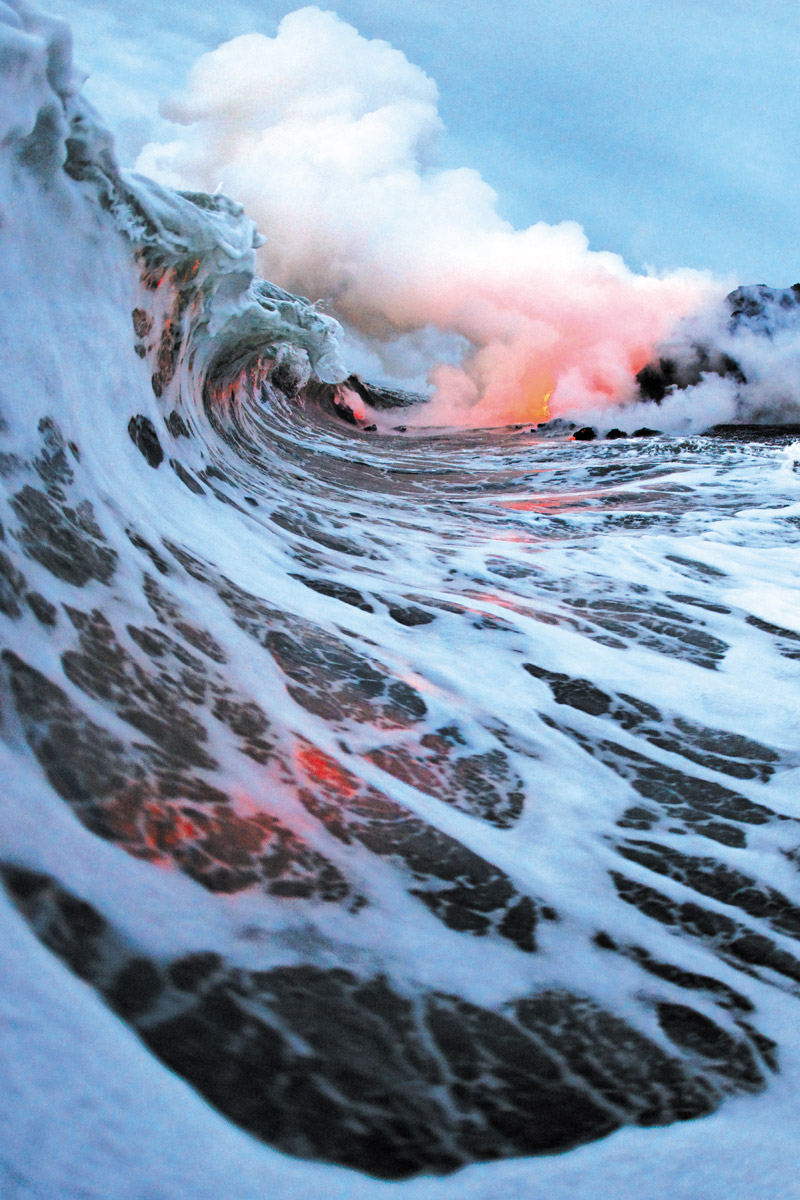
Over the years, C.J. Kale has pointed his camera in many directions, including at Kīlauea, specifically the lava ˛ ows from Pu‘u ‘O‘o.
Wai‘anae-born C.J. Kale often goes to extraordinary lengths to capture pictures of life — whether here in the islands or in remote locations as Outer Mongolia.
Most photographers don’t head to the far reaches of Outer Mongolia to get those once-in-a-lifetime shots. But then, most photographers aren’t C.J. Kale.
“I do things not everyone is doing,” says Kale, 42.
In fact, when he travels to places such as Outer Mongolia, photography gear in hand, the areas are so remote that he considers them “Outer, Outer, Outer Mongolia.”
“When I do the Gobi, I don’t do it like most people. I arrive at the main airport, and then fly eight more hours, then crank across the Mongolian landscape another eight hours by 4WD van to get where I need to be,” explains the Kailua-Kona resident.
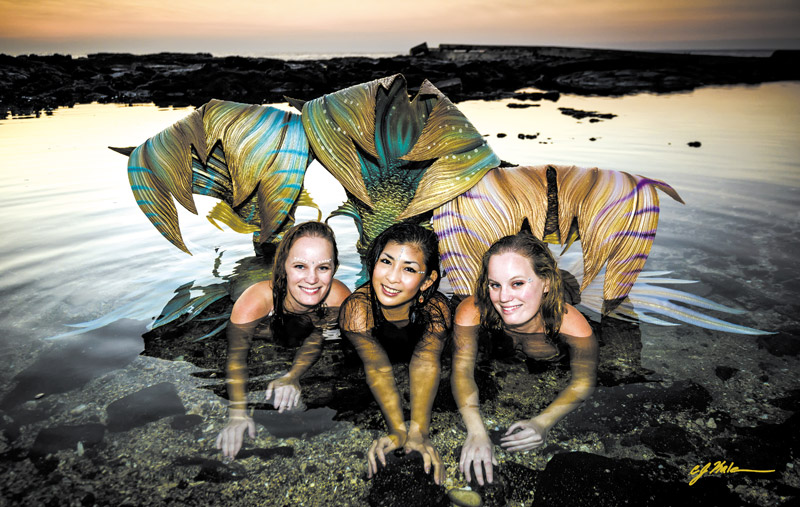
“mermaids” lounging in a tide pool
And it’s a good thing, because that’s how Kale was able to capture breathtaking images of Mongolia’s famed, elite eagle hunters; colorful camel herders; shadowed sand dunes and; magnificent, palette-intensive landscapes in one of the most beautiful and remote places on earth.
But before Kale ever ventured to Mongolia (later this year, he will be making his third trip), he became famous for his extreme lava photography and iconic “through the barrel” surf shots.
Born and raised on the Wai‘anae Coast, Kale spent the early part of his life in the ocean, sailing, surfing and lifeguarding, and was a state champion competitive swimmer. He then joined the U.S. Navy and did a stint as a rescue swimmer, and later became a boat captain and dive master.
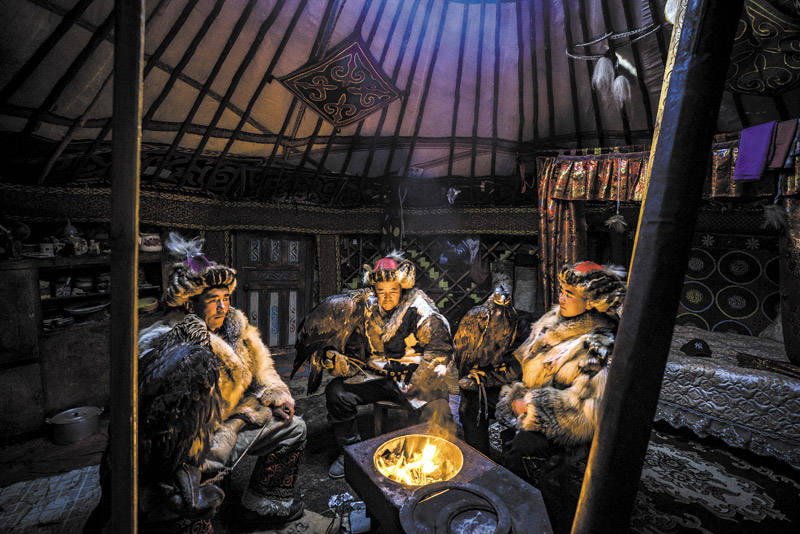
eagle hunters from Outer Mongolia
In search of volcanoes, Kale eventually moved to the Big Island, where he developed a keen interest and passion for shooting Kīlauea, specifically the flows from Pu‘u ‘Ō‘ō, which covered the Middle East Rift Zone and have, until last year, flowed into the ocean since 1983.
“I love shooting the volcano,” Kale says. “That’s why I live here. It’s the only place on Earth where you can literally stand within 2 feet of your position the previous day or even previous hour and never see the same landscape twice. When Ansel Adams shot Half Dome (in California), it didn’t move. What changes there is the light and the weather conditions.
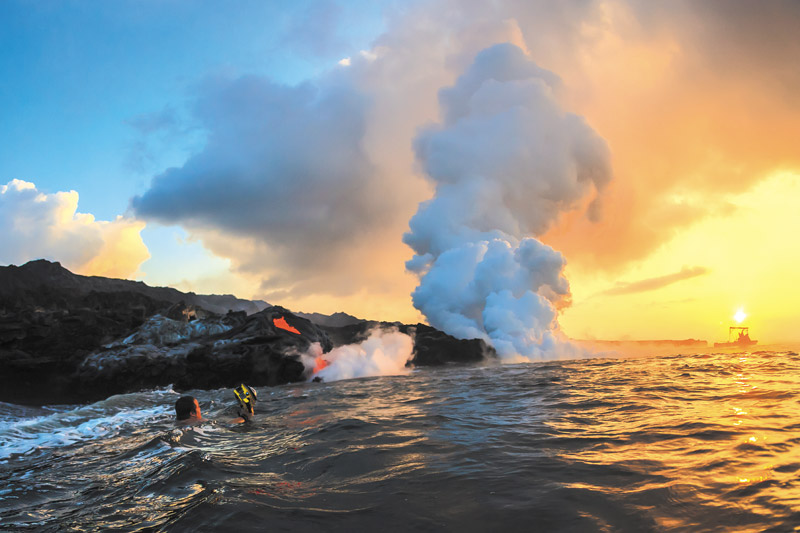
With camera in hand, Kale swims closer to the point where hot lava meets the Pacific Ocean.
“But with the volcano, it’s dynamic, alive, constantly in motion. There’s so much opportunity to capture the lava flows, the ocean energy, the light and landscape.”
Kale and his former partner, photographer Nick Selway, got famous for jumping in near-boiling water superheated by Kīlauea lava flows to get that epic shot they envisioned: Dripping, globbing lava falling into the sea as seen through the barrel of a wave.
Working together, they finally achieved it after five years of trying. It was not easy.
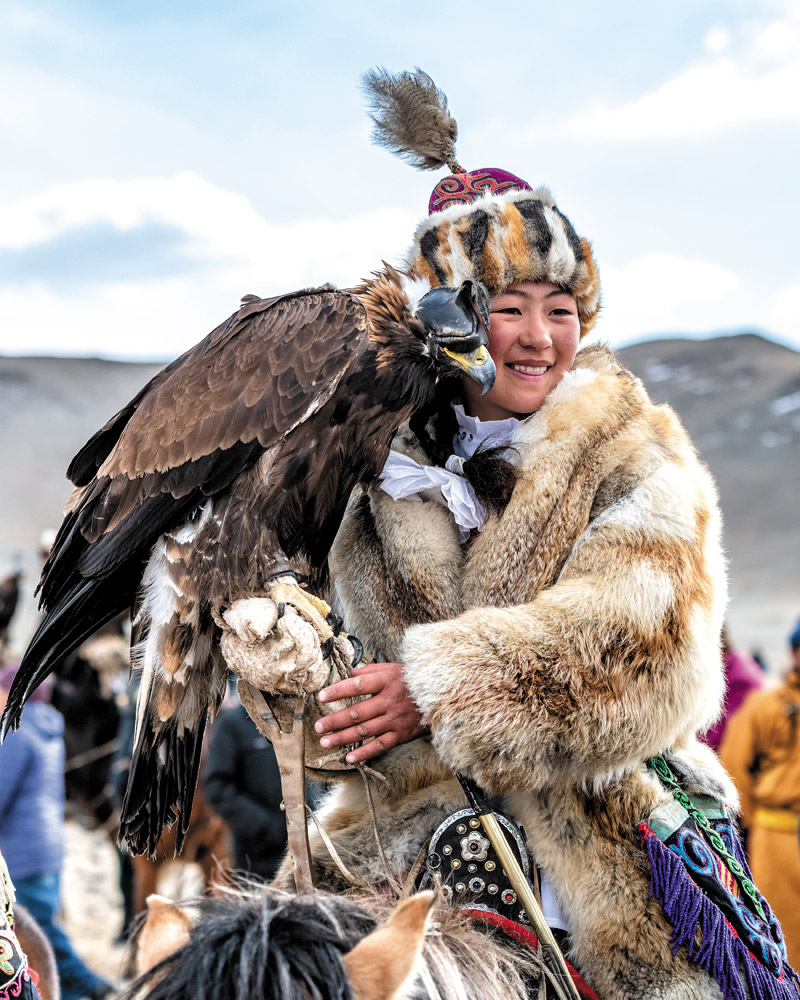
A traveller to faraway locations, Kale perfectly captures the high points of life as an eagle hunter and camel herder in the Gobi Desert.
Wearing 15 pounds of camera gear and only a pair of fins, they took turns jumping in and treading water until they got the million-dollar shot.
At all times, they were exposed to lava bombs in the water, the possibility of instant boiling water surrounding them, and collapsing benches and beaches.
As a lifelong waterman, Kale knew what he was doing in the ocean, respected Mother Nature and took proper precautions, including having backup on the beach. (Needless to say, don’t try this at home!)
Today, the volcano is quiet. For Kale, this is a sad affair.
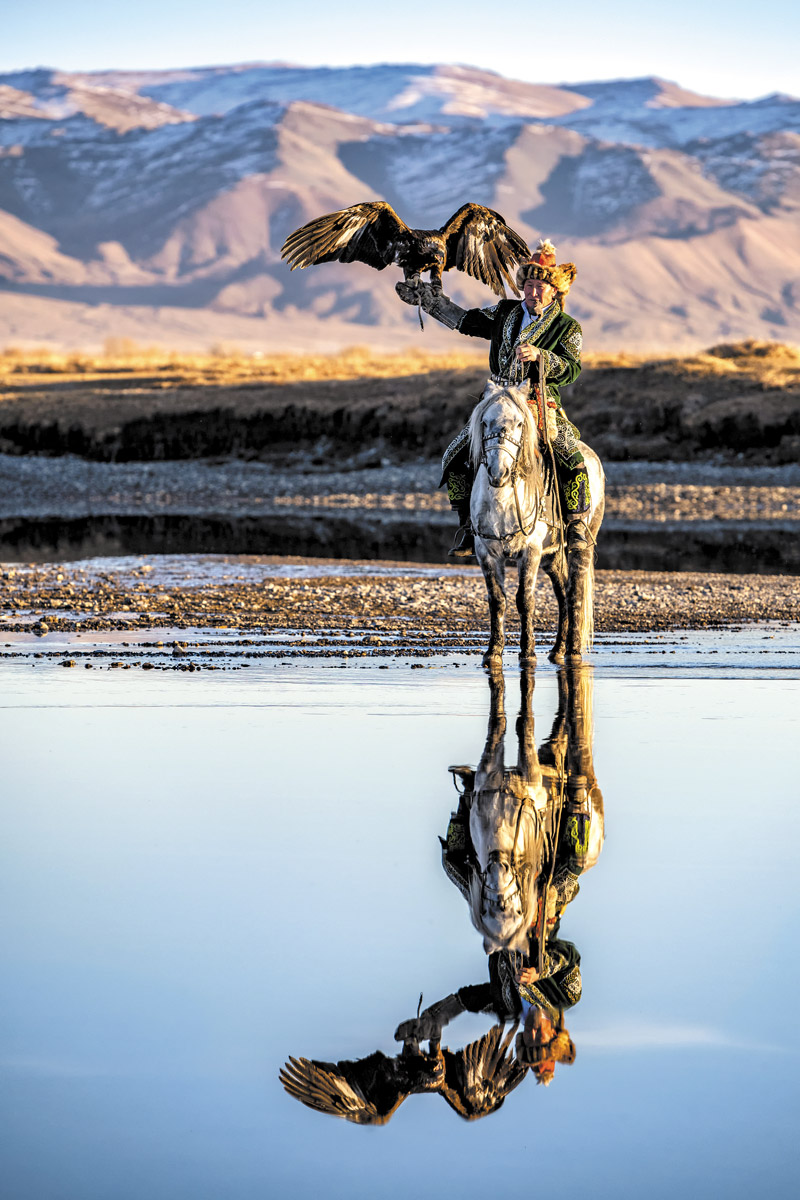
“Kīlauea has been my life and my biggest dedication, second only to my wife and children,” he says. “I miss the beauty of the volcano like a family member. ‘Till we meet again, I will always have a empty place in my heart for this fire of creation.”
From an early age, Kale had a keen interest in photography. His mom was a professional photographer who shot weddings, swimsuit models and beach scenes. She gave him his first camera — an old Olympus with a half wind.
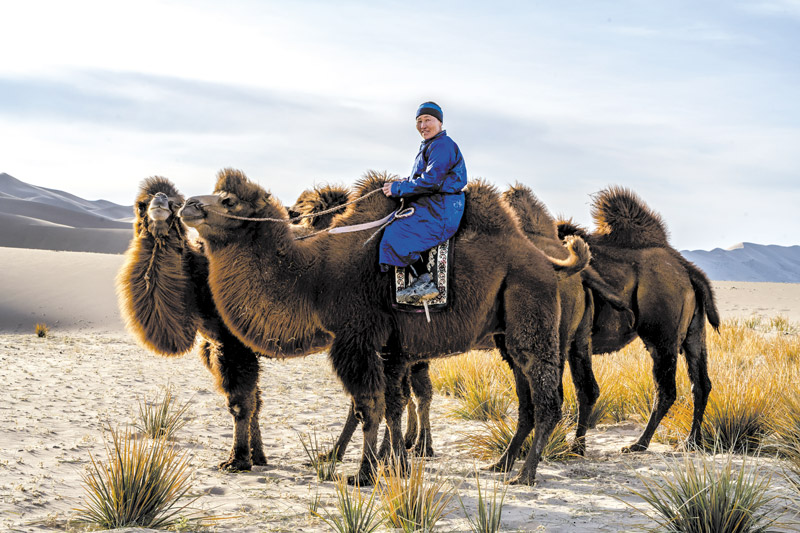
In those days, he was able to insert a roll of 24 exposures and get 48 out of it. He practiced constantly out in nature and even sold a few images.
At that point, he decided photography would be his life, his obsession and his passion. He enrolled at the New York Institute of Photography, earning an associate’s in photography.
Following his old-school training in fine art photography, Kale strictly adheres to his principles, as well as a commitment to do the hard work it takes to get a photo with the perfect light and conditions — even if it means going back the next day, or the day after, or the day after.
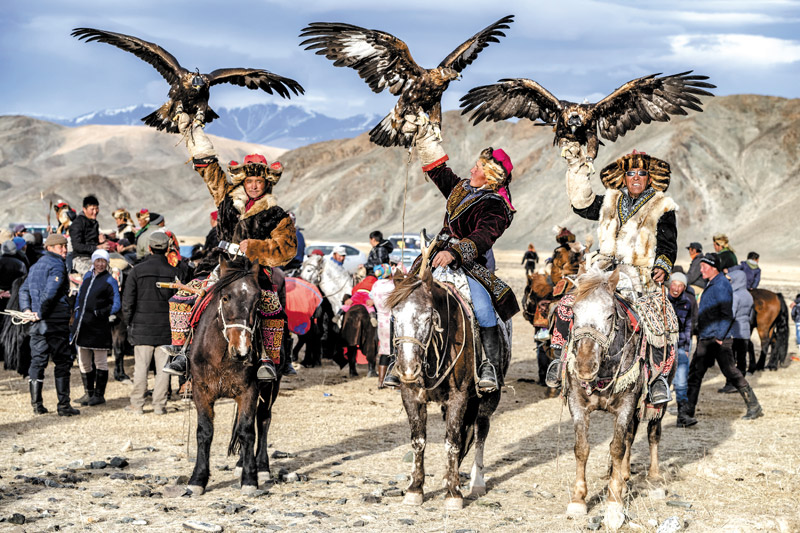
“I’m that guy who will teach you how to take five photos that are good the first time out in the field — not how to fix five bad photos on your computer,” says Kale. “I won’t do it. I don’t cheat photography. When you cheat, you are showing a fantasy world, not the real world. I’m that weird guy who thinks your photography work should stand on its own, with no tricks.”
Indeed, on his Lava Light Galleries door, a sign reads: “Open most days, closed when the light is right.”
Sometimes that light calls you from the other side of the world.
When client Bill McDowell planned a trip to Mongolia, he hired Kale for his photography expertise and adventure background.
For centuries, the nomadic Kazakh people of western Mongolia have hunted on horseback with trained golden eagles and other raptors. They target rabbits, foxes and marmots for their fur, which is used in their traditional clothing.
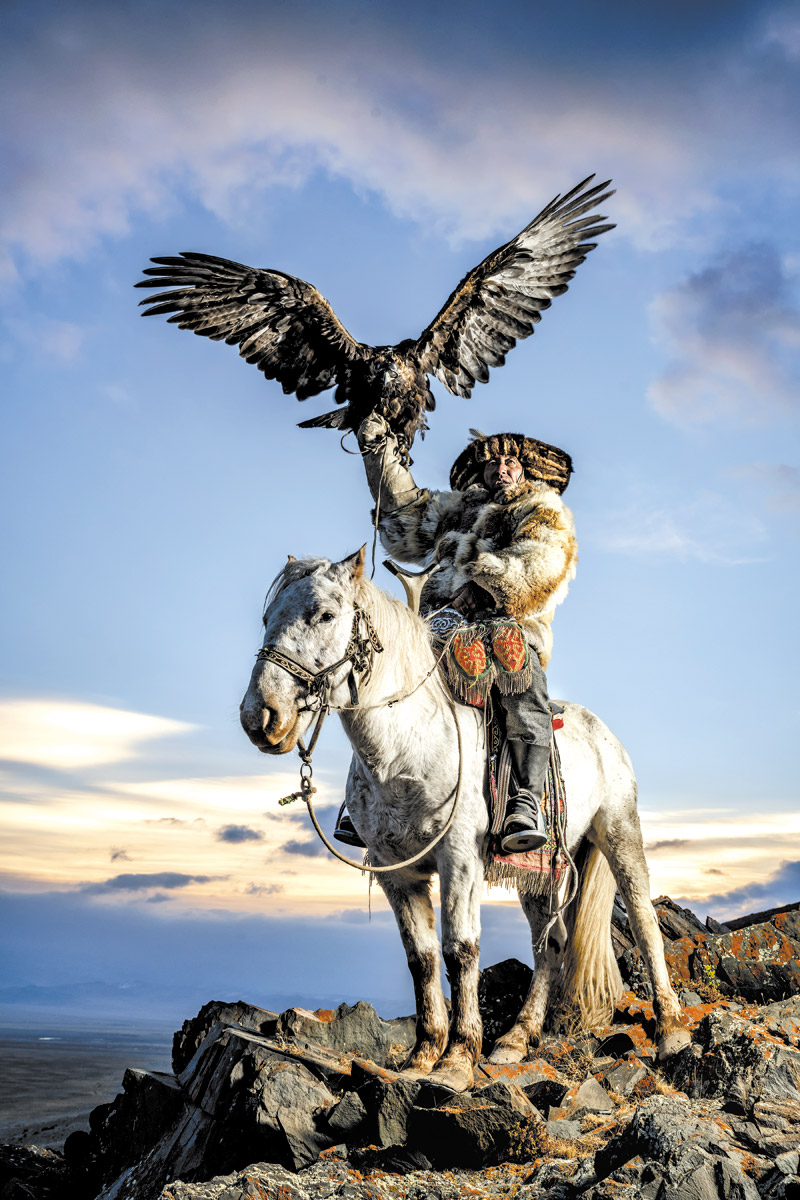
The incredible colors, textures, perspective and panoramas along the mountains and steppes of this remote area, along with the beauty of the Kazakh eagle hunters, make for some outstanding photography — and is just the next notch up in Kale’s art.
Dense with accolades — covers for National Geographic, Outdoor Photography Magazine, Professional Photography Monthly, Surfer Magazine, UK Daily Mail, New York Times, BBC, Ocean Views and One World, One Ocean — Kale also has had his work displayed in the Smithsonian Institution and has been recognized with numerous awards and contests. He is driven by more than racking up prestigious honors, though. His authenticity and dedication is at the core of what he does.
“If you know how to use photography equipment properly, you will get lots of great shots,” he says. “With landscape photography, you are always at the mercy of the elements. So you also have to put in the time. If you are constantly out there in the right place, shooting with the right skills, and the right light, you’re going to increase the number of amazing shots you get. Every day of my life, I hope to get that epic photo.”
Check out Kale’s work at his two Lava Light Galleries locations in Kailua-Kona and Queen’s MarketPlace in Waikōloa, or at lavalightgalleries.com.





